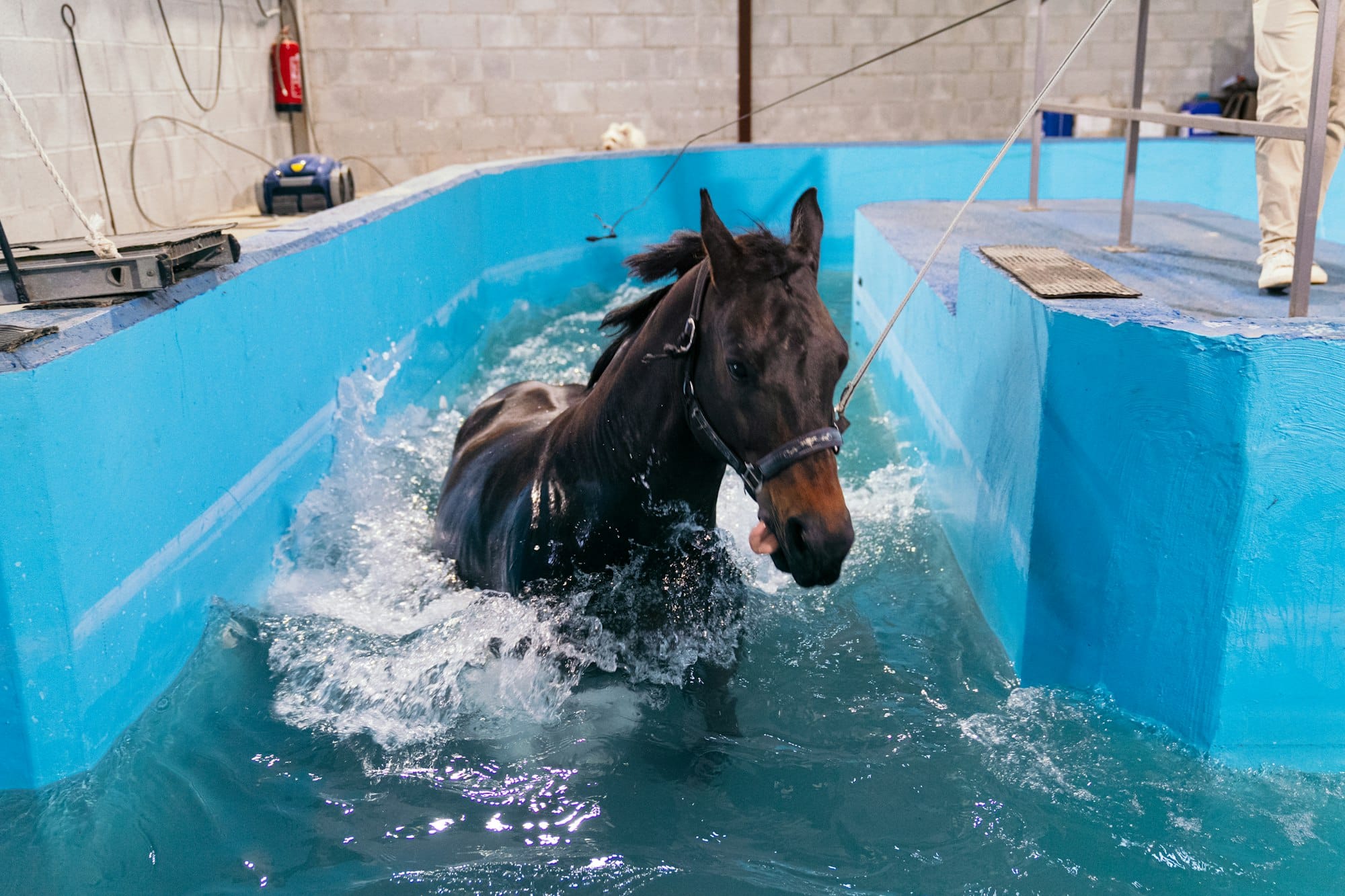How Can Hydrotherapy Contribute to Injury Prevention in Professional Surfers?

Hydrotherapy, also known as aquatic therapy, has been a valuable tool in the realm of physiotherapy for many years. Carefully controlled exercises in water can provide a unique environment for rehabilitating injuries, managing pain, and improving overall physical health. But what about injury prevention, especially in high-risk sports like surfing? This piece aims to provide an informative exploration of hydrotherapy’s potential role in proactive injury prevention for professional surfers.
The Basics of Hydrotherapy
Before delving into the specifics of hydrotherapy, its benefits, and potential application in surfing, let’s first understand the basics. Hydrotherapy employs the physical properties of water, including temperature and pressure, to provide a therapeutic environment for exercise.
Also to see : What’s the Impact of Olfactory Stimulation on Concentration in Snooker Players?
It involves performing a variety of exercises in a warm-water pool, under the guidance of trained healthcare professionals. The warmth of the water helps to relax muscles and increase blood flow, while the buoyancy provides support, decreases joint stress, and makes it easier to perform movements.
Hydrotherapy has been proven to be beneficial in managing various health conditions, like arthritis, stroke, and spinal cord injuries. It’s also frequently used in sports rehabilitation to help athletes recover from injuries. But, can it also be a form of preventive therapy?
This might interest you : What Is the Effect of Cognitive Load on Decision-Making in Basketball Point Guards?
Understanding the Risk of Injuries in Surfing
Surfing is a dynamic, high-intensity sport that demands a combination of strength, endurance, balance, and flexibility from its athletes. As with any sport, surfing carries a risk of injury.
The most common surf-related injuries occur to the head, face, and lower limbs, often due to contact with the surfboard, the sea floor, or other surfers. Chronic injuries, resulting from repetitive strain or overuse, are also prevalent. These include shoulder impingements, lower back pain, and knee injuries.
Given the physical demands of surfing and the potential for both acute and chronic injuries, a comprehensive, proactive approach to injury prevention is critical. This is where hydrotherapy can play a significant role.
Hydrotherapy for Strength and Conditioning
A crucial aspect of injury prevention is adequate physical conditioning. In hydrotherapy, the water’s resistance can be used to strengthen muscles, improve cardiovascular fitness, and enhance flexibility and balance.
In a hydrotherapy pool, exercises can be adjusted to the individual’s needs and fitness level, making it a highly personalized form of training. For surfers, specific exercises can be designed to target the muscle groups most used in surfing, such as the shoulders, back, and core.
Moreover, hydrotherapy can be used to simulate the dynamic movements of surfing. Practicing these movements in the controlled environment of a pool can help surfers refine their techniques, develop better balance and coordination, and prepare their bodies for the physical demands of surfing.
Hydrotherapy for Pain Management and Recovery
Pain is a common issue for professional surfers, often resulting from overuse, minor injuries, or muscle imbalances. If not properly managed, these issues can escalate into more serious injuries.
Hydrotherapy can be an effective form of pain management. The warm water helps to relax tense muscles and promote blood circulation, reducing pain and inflammation. Hydrotherapy can also aid recovery from training sessions, with the water’s hydrostatic pressure helping reduce swelling and improve circulation.
Regular hydrotherapy sessions can help surfers manage pain and recover more effectively from their training, reducing the risk of overuse injuries.
The Role of Cold Water Therapy
While warm water is commonly used in hydrotherapy for its muscle-relaxing effects, cold water therapy is another technique that has potential benefits for injury prevention. Cold water immersion, or ice baths, are often used by athletes to aid recovery after intense training.
Cold water can help to reduce inflammation and muscle soreness following intense exercise. For surfers, this may be particularly beneficial in managing the inflammation and pain associated with overuse injuries. This form of therapy can be easily incorporated into a surfer’s routine, either as a standalone treatment or in conjunction with warm-water hydrotherapy.
In conclusion, hydrotherapy offers many potential benefits for injury prevention in professional surfing. With its ability to provide strength training, pain management, and recovery support, hydrotherapy could be a valuable addition to a surfer’s training and wellness routine. As always, a healthcare professional should be consulted before starting any new therapy or exercise program.
The Benefits of Warm and Cold Water in Hydrotherapy
As we’ve discussed, hydrotherapy employs both warm and cold water in different aspects of preventive physical therapy. But what are the specific benefits of these temperature variations when it comes to injury prevention and management in surfing?
The use of warm water in hydrotherapy is primarily to relax muscles and promote blood circulation. This is achieved thanks to the heat’s ability to dilate blood vessels, thus increasing the flow of oxygen and nutrients to the muscles. It also helps to eliminate waste products in the body, further enhancing recovery.
For surfers, these benefits can be crucial for preventing both acute and chronic injuries. Warm water hydrotherapy can help to alleviate muscle tension and joint stiffness, often a result of the repetitive movements involved in surfing. This, in turn, can enhance a surfer’s range of motion and flexibility, reducing their risk of strains and sprains.
In contrast, cold water therapy or the use of ice baths, is known to reduce inflammation and muscle soreness following intense exercise. This is due to the cold’s ability to constrict blood vessels, which helps to reduce swelling and pain. For surfers, this may be particularly beneficial in managing the inflammation and pain associated with overuse injuries.
Moreover, alternating between hot and cold water therapies, known as contrast water therapy, can further augment the benefits of hydrotherapy. This method has been shown to enhance recovery and reduce muscle soreness, making it an excellent option for surfers who frequently engage in intensive training sessions.
Hydrotherapy and Massage Therapy: A Winning Combination
One frequently overlooked aspect of hydrotherapy is its potential to be combined with massage therapy. In this context, massage therapy refers to manual manipulation of soft body tissues to enhance a person’s health and well-being. This could be a game-changer for surfers looking to prevent common injuries.
Combining hydrotherapy with massage therapy can help to enhance the benefits of both therapies. The buoyancy of water can make it easier to perform certain massage techniques, reducing stress on the therapist’s body and allowing for more prolonged or intense sessions.
Water’s natural resistance can also enhance certain massage techniques, such as those aimed at improving circulation or reducing muscle tension. Besides, combining hydrotherapy and massage can help to improve a surfer’s body awareness, a key factor in preventing sports injuries.
In essence, hydrotherapy and massage therapy can complement each other to provide a comprehensive, multidisciplinary approach to injury prevention. This approach not only helps to prevent injuries but also promotes overall wellness, a crucial factor for any professional athlete.
Conclusion
In conclusion, hydrotherapy offers a promising avenue for injury prevention in professional surfing. Through strength conditioning in a warm water environment, the use of cold water for pain management, and the potential for integration with massage therapy, hydrotherapy provides a multifaceted physical therapy approach.
Moreover, hydrotherapy allows for a high degree of personalization, with exercises and treatments that can be tailored to each surfer’s unique needs and physical condition. This, coupled with the ease of integration into an existing training regimen, makes hydrotherapy an attractive option for surfers looking to prevent common injuries and enhance their performance.
It’s important to remember, above all else, that proper use of hydrotherapy should be guided by a healthcare professional. Only they can provide the correct guidance and supervision necessary to ensure that hydrotherapy is both safe and effective.
Hydrotherapy is a valuable tool in the physical therapy toolbox. It’s more than just a means to recover from injuries; it’s a proactive way to prevent them. For professional surfers, who face both the thrill and the risk of their sport each day, that’s a benefit they can’t afford to ignore.
